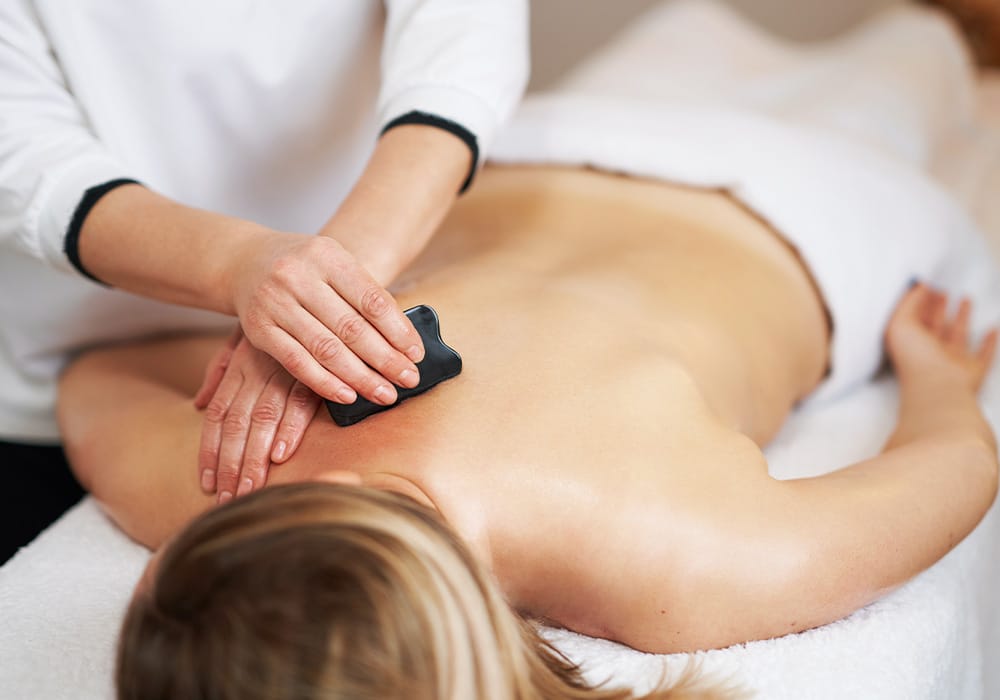Acupuncture for Pain Relief
Targeted relief for musculoskeletal pain
Pain that affects the muscles, bones, joints or nerves is collectively referred to as musculoskeletal pain. It is one of the most common types of discomfort, affecting up to 80% of adults at some point.
Painkillers are often prescribed to deal with a patient’s pain as a first-line treatment. However, using these types of drugs carries significant risks. For instance, non-steroidal anti-inflammatory drugs (NSAIDs) elevate the likelihood of acute myocardial infarction1, while opioids pose threats of addiction and overdose2. Opioids have demonstrated inconsistent efficacy in treating chronic pain, offering short-term relief for certain individuals but falling short as a long-term solution3 as they fail to address the underlying root cause.
Acupuncture for pain relief is highly effective as it targets the root cause by addressing the underlying imbalances, regulating the nervous system and restoring overall homeostasis – the balanced state of the body.
Identifying the root cause of pain
In Traditional Chinese Medicine (TCM), health depends on a delicate balance between Yin and Yang in the body. Yin and Yang become imbalanced when the flow of Qi – the organising force of our cells and tissues – becomes interrupted or blocked. This imbalance can lead to illness and pain.
By asking questions, observing the tongue, taking the pulse and palpating the muscles, an acupuncturist can identify the Ying and Yang imbalances causing your pain, instead of just treating the presenting symptoms.
Your acupuncturist will assess the characteristics of your pain, differentiating between acute and chronic states. They’ll also enquire about the specific qualities of the pain – whether it’s sharp or dull, its response to pressure and heat, and any patterns of movement. In addition, your acupuncturist will delve into aspects of your lifestyle and habits to form a holistic understanding of your condition.
How to restore balance with acupuncture
Once your acupuncturist has identified the muscles involved in your condition and the patterns of imbalance affecting your health, they will choose the best acupuncture points (for needle insertion) to restore the flow of Qi. This targeted approach promotes overall well-being by addressing the root cause of your concern.
By stimulating these acupuncture points, blood flow in the body is increased, inflammation is reduced, muscle function is restored, and the production of neurotransmitters and endorphins (our body’s natural pain and stress relievers) is heightened. This holistic approach brings you closer to balance and health by leveraging your body’s innate resources.


Other helpful TCM techniques for pain management
Based on your acupuncturist’s TCM diagnosis, additional therapies such as heat, moxibustion (a non-invasive warming therapy), cupping, or gua sha (a massage technique) may be incorporated to alleviate pain. They may also suggest dietary adjustments and acupressure as complementary measures between sessions


Alleviate pain with acupuncture
By strategically combining both local and distal acupuncture points, tailored to address the root cause, acupuncture effectively restores balance in the body, making it a highly successful treatment for pain. Its distinctive ability to alleviate suffering has contributed significantly to its widespread popularity worldwide.
Written by Sarah Shorter, Acupuncturist & CNM Acupuncture Lecturer – www.sarah-shorter.com

